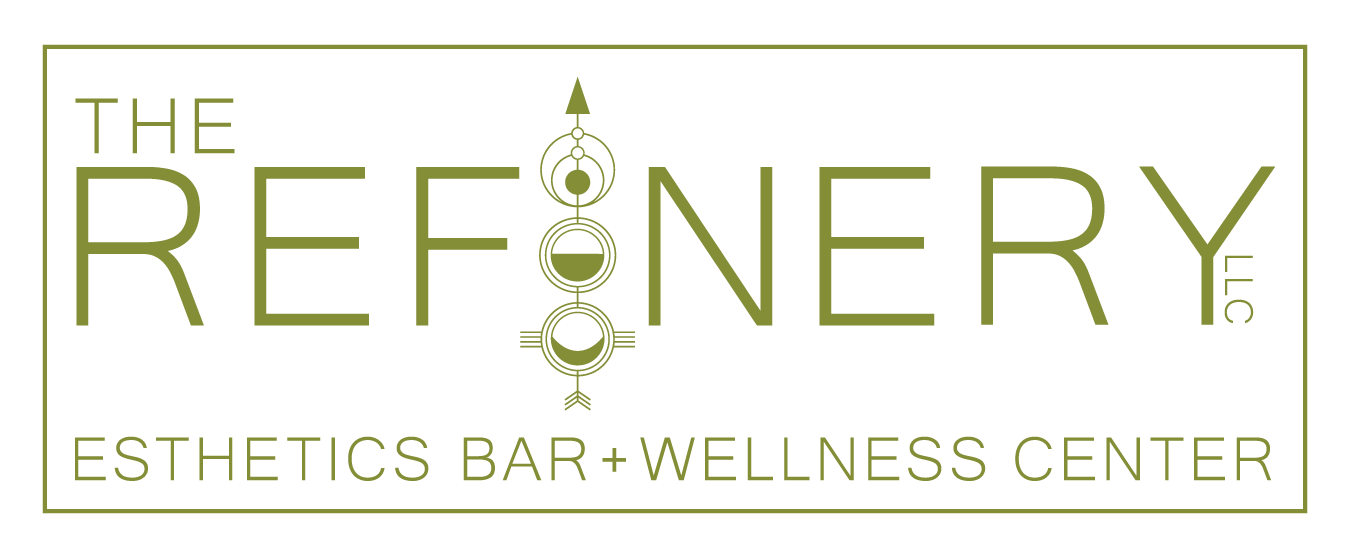Intro to Roman
Can you believe it is already August?
We excitedly await summer for so long and it seems to slip through our fingers in the blink of an eye.
It truly is a wonderful reminder to be present and take notice of all that is around you.
Over the last few weeks, I've had some pretty great questions come to me and I thought it would be a good moment to offer up some skincare spotlight emails. Today's topic is about a very important, t invisible to the naked eye area of skin that plays a huge role in overall skin health. What will we be talking about, you wonder?
Enter:
The Acid Mantle
What Is The Acid Mantle?
The acid mantle is one of the first natural barriers of protection the skin creates. It is the skin’s way to protect itself from non-beneficial bacteria, environmental pollutants (car exhaust, etc), and moisture loss. The acid mantle is made up of natural oils, sweat, and dead skin cells, and is slightly more acidic in nature to prevent these harmful (naturally alkaline) contaminants from penetrating and damaging the skin.
Why Is The Acid Mantle Important?
If the skin has no natural barrier of protection we experience a plethora of unwanted skin conditions. It is important to maintain the acid mantle, as a damaged one can lead to dehydration, oily skin, acne, and irritation or sensitivity. When the acid mantle is damaged it takes up to 2 weeks to repair itself, assuming that no other damaging products are being used.
Skin with a healthy acid mantle has the pH of 4.6-5.5 (the pH scale of 1, acid, to 10, alkaline). For example: If the skin’s pH rises closer to 7.0, it cannot kill bacteria as easily, which leads to acne-causing bacteria to multiply rapidly in the skin. As the bacteria multiply, the skin can’t keep up with the growth which leads to more and more breakouts.
How can you damage the acid mantle?
With cleansers and products that are too high on the pH scale. Many commercial (most anything you will buy at Target/Walmart-style convenience store or from a multi-level marketing company) cleansers and bar soaps are highly alkaline, usually close to baking soda, 8.0, but some can even be as high as ammonia!
These typically give you that squeaky clean feeling which is associated with optimal cleanliness however it is the removal of the acid mantle that you're feeling as the soap has stripped the protective barrier away.
When using a damaging cleanser, it changes the pH of your skin for a short time, about 20 minutes until it recovers, but with long-term use of the products, it can prevent the skin from maintaining its optimal pH levels. Find a cleanser in the pH range as close to the skin as possible to maintain healthy skin. A good cleanser cleans the skin without stripping it of oils or damaging the acid mantle.
The issue with bar soap...
Look, I am human and I too, have used bar soap from time to time when my usual cleanser runs out and I wasn't prepared. Most of my elderly clientele are of the generation who only use bar soap and water with some cold cream at night. The thing I remind people of is that those soap formulas have changed considerably since the beginning of time and most soap is now filled with more and more chemicals never heard of originally. So let's break it down a bit.
Most soaps include ingredients that create a lather but do not actually clean - they're bubble makers basically. The richness felt comes from thickening agents commonly found animal fats that can clog pores - in esti-land we call this comedogenic.
Ingredients like lauric acid are used as the base ingredient in soap as well as laundry detergent. A base ingredient will always be the highest concentration or largest amount in a formula. It can be corrosive and is a known irritant to the skin.
How some companies can "market" their way out of it...
See, if you don't list "soap" on your label then you cannot be confronted by the FDA for misleading the public. Ahhhh-haaa! You'll notice some companies have outsmarted us by referring to their bar soap as a beauty bar or some other fancy descriptive name.
If you flip the packaging over and review the list of ingredients and notice some of the above, please know that your skin is not actually being cleansed but rather just moisturized with the animal fats. This does not belong on your face.
You really do not need any additional filmy residue sitting atop your skin clogging up your pores under the misguided impression you're clean as a whistle. These chemicals will strip the acid mantle, leave a film behind and create a load of issues in its wake.
I encourage you all to use a quality cleanser from a company who strives for quality ingredients and education .... preferably from a spa or other licensed professional trained in skin anatomy and physiology, safe skincare, ingredients and the understanding of your entire intake form.
If you feel that you're ready to make the switch from good old fashioned bar soap to a professional-grade facial cleanser, reach out and ask what one may be good for you!
